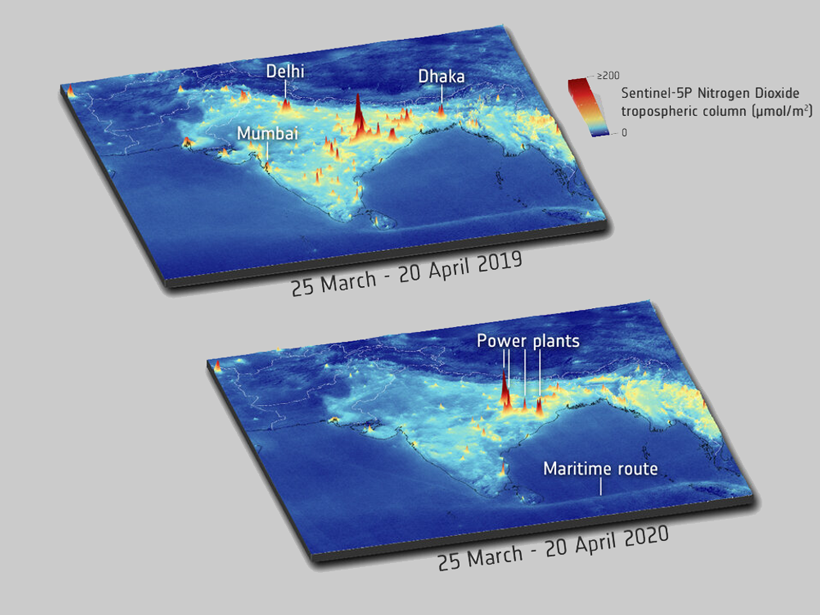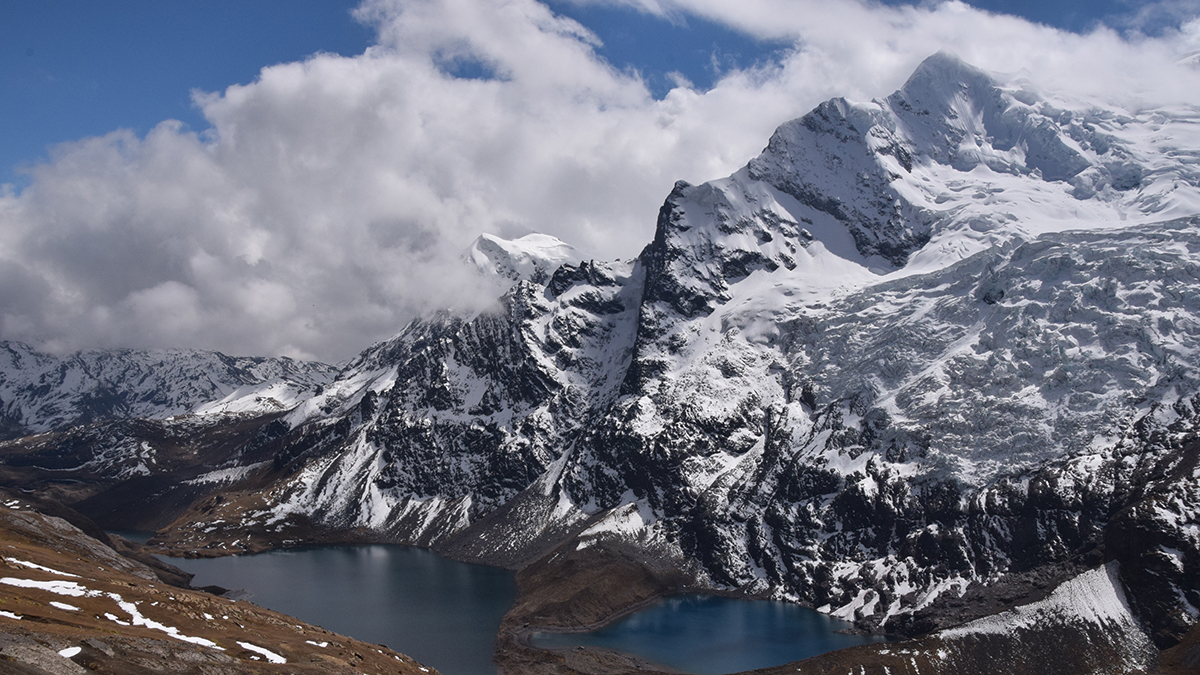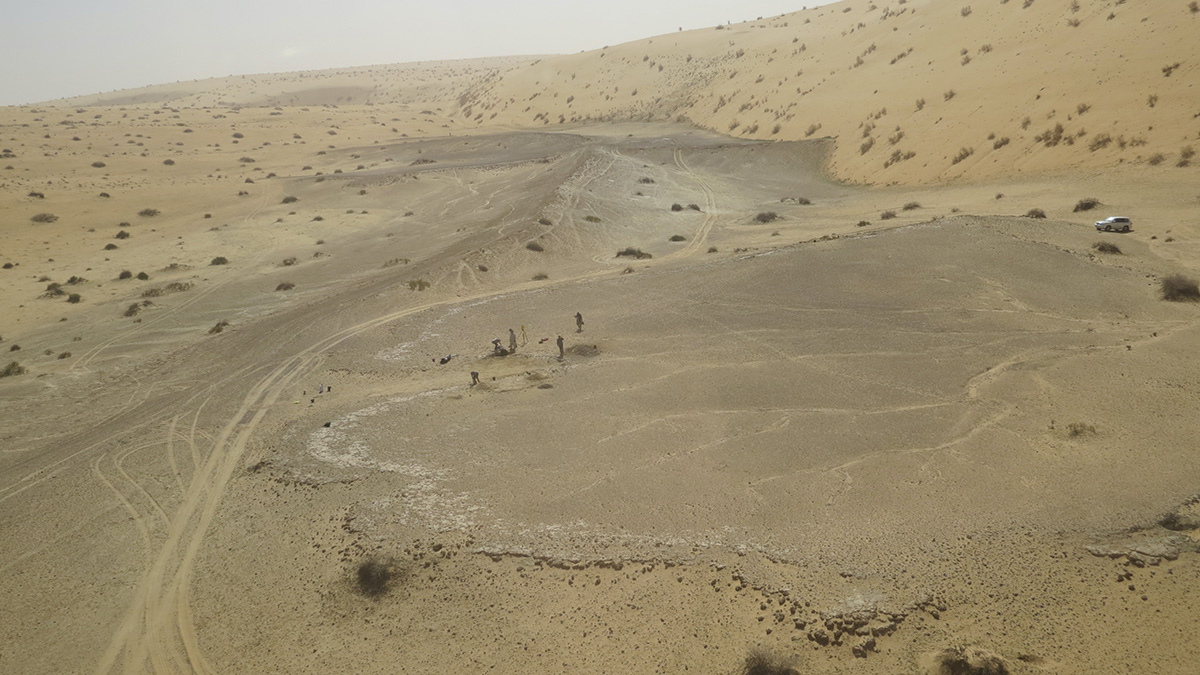A new study uses its data to show that diesel traffic is the largest source of pollution inequality across racial and economic divides
culture & policy
Air Pollution Killed a Million People in Africa in 2019
Experts say nature-based mitigation strategies and investment in renewables could reduce both indoor and outdoor air pollution and stimulate sustainable and safe growth.
Seis formas de seguimiento satelital del COVID-19
Una nueva base de datos revela ciudades más opacas, campos de cultivos vacíos y puertos vacíos.
Surviving on the Periphery of a City of Earthquakes
Mexico City is one of the most disaster-prone urban areas in the world. Following an earthquake, marginalized communities living on the city’s periphery are exposed to more dangers than just collapsing buildings.
New Report Puts the Amazon Rain Forest on the Main Stage at COP26
The Science Panel for the Amazon prepares to launch its first report, the most comprehensive document on the rain forest so far.
Reframing Funding Strategies to Build Reciprocity
Extractive and exploitive practices erode trust in Western science among Indigenous communities. Changing funding structures is one way to develop reciprocity and respect and repair relationships.
Las bombas de calor pueden reducir las emisiones de los hogares, pero no en todas partes
Un nuevo estudio muestra que, en los lugares correctos, las bombas de calor pueden ayudar a los propietarios a reducir las emisiones de gases de efecto invernadero, ahorrar en costos de calefacción y aire acondicionado, y promover la salud pública.
Remote Work May Be Keeping Some Cities’ Air Cleaner
Widespread remote work may have kept air pollution lower than pre-COVID-19 lockdown levels even though restrictions were lifted in 2020, a new study finds.
Adapting to Receding Glaciers in the Tropical Andes
Integrated approaches are needed to understand and respond to changes in tropical mountain ecosystems and communities brought about by receding glaciers and changes in land use.
Greener, Wetter Arabia Was a Crossroads of Early Human Migration
Hand axes, hippo bones, and a stack of ancient lake beds show that arid Arabia experienced intervals of humid weather, spurring pulses of human migration over the past 400,000 years.










